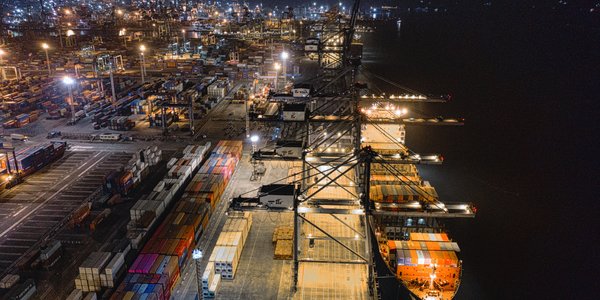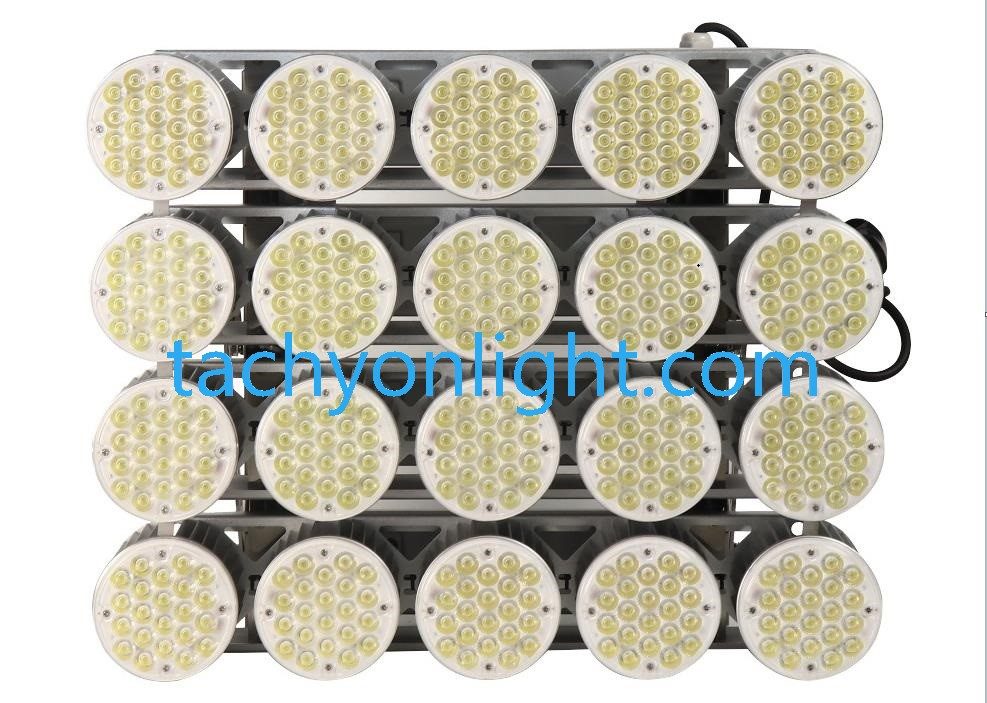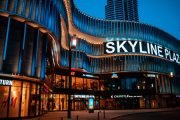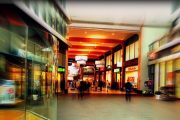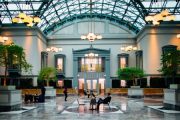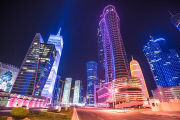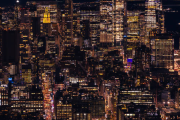Abstract
The modern ship and port industry is divided into regional lighting systems such as ship repair and building construction, factory buildings and cargo yards, and ship body configuration. Due to the inherent characteristics of the industry, there are unique requirements for lighting.
Working Areas of Seaport
The work area of this industry is generally divided into the following three types:
(1) Ship repair and building construction
Modern ship repair and building ushered in the era of large and giant ships. The tonnage of the ship is getting bigger and bigger, and the space in the cabin is getting bigger and bigger, so a lot of construction lighting has to be used during the construction of the cabin. Since the cabin construction is a typical metal environment operation, there is a great risk of electric shock. International safety voltage regulations stipulate that the cabin construction lighting must use DC36V and below safety voltage lighting, otherwise it is a violation of the safety electricity regulations.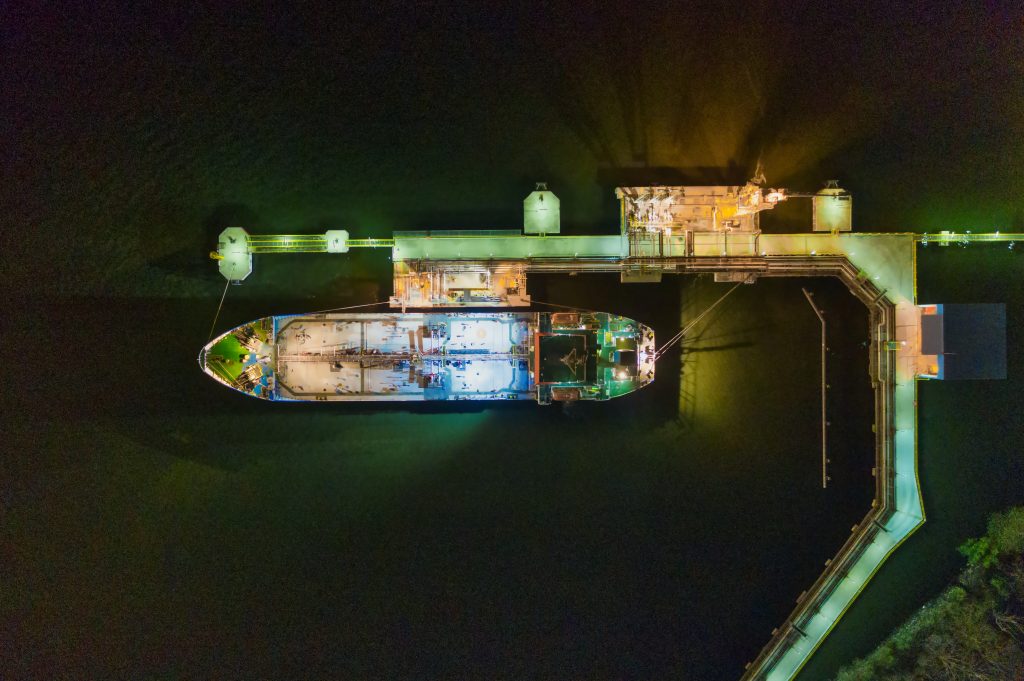
It is difficult for traditional light sources to provide low voltage lighting of DC36V and below. Currently, 220V lighting voltage has to be used illegally, which is prone to safety accidents. Especially in the hot summer, the high temperature can easily damage the cables, and electric shock accidents frequently occur. Big impact. Fortunately, LED lighting can meet the low-voltage lighting requirements of such working areas.
(2) Factory and material yard
This type of area has a large space and a wide area, which requires floodlighting. Because it is generally in a harsh environment with high humidity and high salinity, it is necessary to require the lamps to have good protective performance and anti-corrosion performance.
(3) Ship body configuration
This type of area is the space of the hull itself, which requires high lighting uniformity and soft light. At the same time, it has high requirements for the protection performance, shockproof performance and energy saving performance of the lamp. At present, conventional lamps such as fluorescent light sources are generally used, but such lamps have short lifespan, poor shock resistance, poor waterproof performance, low light efficiency, heavy maintenance workload, and high maintenance costs. The new generation of LED lighting can meet the lighting requirements of this type of work area, because of its obvious advantages-solid light source, no heavy metal pollution, stable working state, high light efficiency, long life, no light decay, and Excellent protection performance, can be well applied to the humid salt-alkali environment by the sea.
Illumination Requirements for Cabins and Working Spaces of Offshore Platforms
|
workplace |
Lux Requirement |
| **Office countertops, **operating tables, kitchen washing areas and counters, precision machining workshops, laboratories |
500 |
| **Infirmary countertops, **sleeper pillows, **dashboard surfaces, **operating parts in the engine room, **service desks, **chart tables, **consoles, washrooms and bathrooms, etc. before mirrors, recreation rooms, workshops, reading rooms, operating rooms |
300 |
| Switch room, control room, rest room, reception room, smoking room, infirmary, kitchen, dining room, ward |
200 |
| Engine room, engine room access button, generator room, emergency power generation room, bedroom, office, compressor room, pump room, chart room, radio room, broadcasting room, telephone exchange room, gyrocompass room, thyristor room, laundry room, Driller’s console, fireman’s equipment storage space |
150 |
| Changing room, cab, motor room, air-conditioning room, converter room, elevator machinery room, steering gear room, boiler room, pedestrian trestle |
100 |
| Windlass room, oil-water separation room, drying room, warehouse, bathroom, internal passage and corridor, sandstone room |
75 |
| Radar room, battery room, mud pool, mud tank, chemical tank, storage room, food storage, freezer, shaft tunnel, lifeboat and raft storage, boarding area, wellhead area, oil and gas processing area, open deck area, helicopter deck |
50 |
| Outer walkways, anchoring and mooring spaces, lifeboat entry points |
20 |
| Note: 1. For workplaces with ** mark in the watch, local lighting can be used to obtain the illuminance; 2. “Pump room” refers to oil pump room, cooling water pump room, ballast water pump room, cementing pump room, drilling pump room, hydraulic oil pump room and similar spaces; 3. “Workshop” includes carpentry room, electrician room, machine repair room and similar spaces; 4. “Laboratory” includes mud analysis room, hydrometeorological room, geological room and similar premises. |
|
| Drill floor |
75 |
| Switch room, control room, engine room, driver’s room, radio room, chart room, compressor room, generator room, medical room, kitchen, firefighter equipment storage, survival craft storage and embarkation space |
50 |
| Outer walkway, inner walkway, corridor, pedestrian trestle, lounge, restaurant, office |
20 |
| Weather deck, helicopter deck |
10 |
Illumination Standard for Port Loading and Unloading Area
The illumination value of the port loading and unloading area should meet the requirements of the following table:
|
Series No |
Location/Type of Goods |
Plane with specified illuminance |
Illuminance standard value range (Eav) |
||||||
|
General lighting |
Mixed lighting |
||||||||
| Lower | Middle | Upper | Lower | Middle | Upper | ||||
|
1 |
dock |
Bulk goods |
Ground |
5 | 10 | 15 | 20 | 25 | 30 |
|
Steel, wood |
5 | 10 | 15 | 20 | 25 | 30 | |||
|
Bulk cargo |
2 | 3 | 5 | 10 | 15 | 20 | |||
|
Oils (including industrial liquid raw materials) |
5 | 10 | 15 | / | / | / | |||
|
Coal |
2 | 3 | 5 | 5 | 10 | 15 | |||
|
Container |
10 | 15 | 20 | 100 | 130 | 150 | |||
|
2 |
Yard |
Bulk goods |
5 | 10 | 15 | 10 | 15 | 20 | |
|
bulk cargo |
2 | 3 | 5 | 5 | 10 | 15 | |||
|
Container |
10 | 15 | 20 | 80 | 90 | 100 | |||
|
Tank farm |
2 | 3 | 5 | / | / | / | |||
|
3 |
Warehouse |
Bulk goods |
5 | 10 | 15 | / | / | / | |
|
bulk cargo |
5 | 10 | 15 | / | / | / | |||
|
4 |
Road |
Main road |
5 | 8 | 10 | / | / | / | |
|
Secondary road |
3 | 5 | 8 | / | / | / | |||
|
Auxiliary road |
1 | 2 | 3 | / | / | / | |||
|
Railway loading and unloading line |
5 | 10 | 15 | 15 | 20 | 25 | |||
|
5 |
Ship transfer operations |
deck |
30 | 40 | 50 | / | / | / | |
|
6 |
Anchorage loading and unloading operations |
40 | 50 | 60 | / | / | / | ||
|
7 |
Ship offload operations |
50 | 60 | 70 | / | / | / | ||
|
8 |
Ship off-shore mooring operation |
Ground |
2 | 3 | 5 | / | / | / | |
| Note: “Ship off shore unraveling (tethering) operation” refers to the lighting required by professional terminals, such as ore terminals, bulk grain terminals and other specialized terminal operations. |
|||||||||
Why to Choose Tachyon Seaport LED Flood Light
- Imported components
The quality is controlled from the source. The electronic components adopt major brands in the industry, such as American Cree/Bridgelux LED beads, German Osram, Taiwan Epistar chips, and MEAN WELL power supply.
- High-precision equipment sets production standards
The introduction of high-precision spectroscopic light efficiency analyzers from abroad can effectively avoid the deviation of custom lamps from engineering requirements, establish the standards for the production of lamps and lanterns, and win the trust of many customers.
- High standards and strict requirements for multi-dimensional testing
Before leaving the factory, all lamps are subjected to high and low voltage impact test, 24-hour lighting and aging, 8-hour submersion test, and 24-hour high and low temperature test for some lamps to ensure that every production link meets high standards and strict requirements.
- 15 years of experience, production responsibility to people
There are many old employees who have more than 15 years of outdoor lighting production experience, and they know more about product manufacturing technology and quality control, to ensure that each production link is responsible for and traced to each person.

